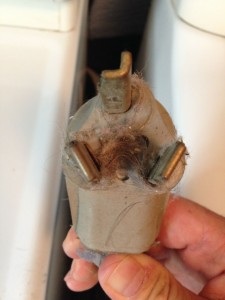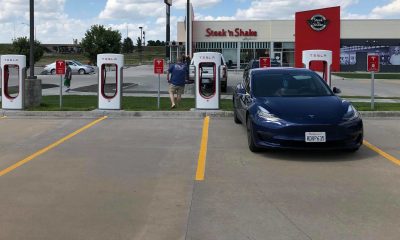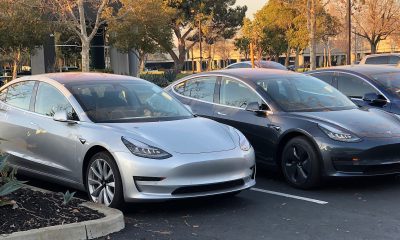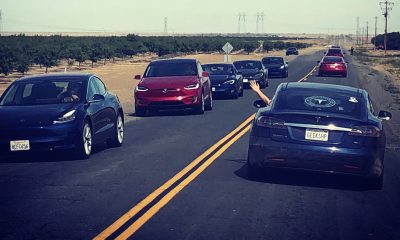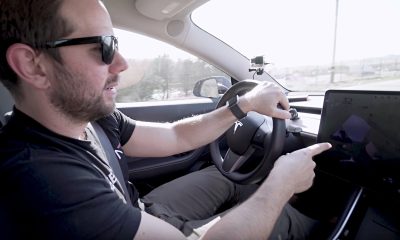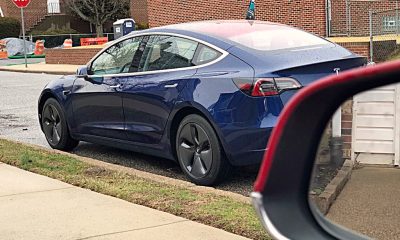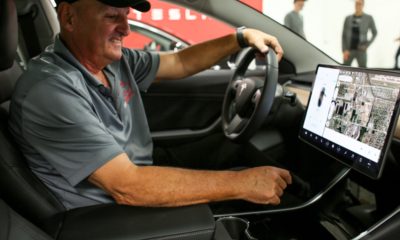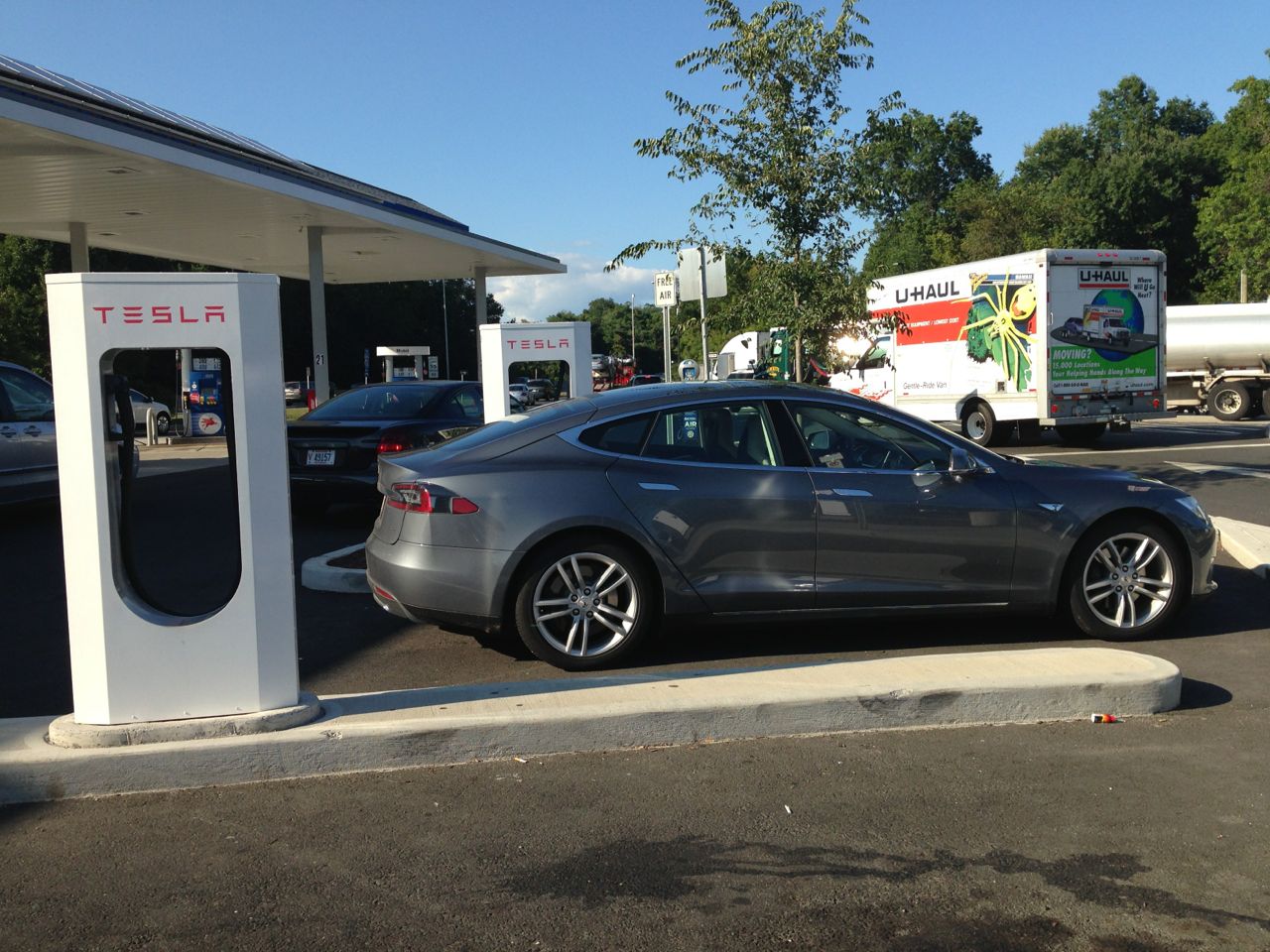

Lifestyle
Top 5 Lessons from a First Tesla Road Trip
Having followed my planning guide for taking a Tesla road trip, I’m happy to report that we made it to our destination and back, but not without a few lessons to be learned.
Adjusting the plan
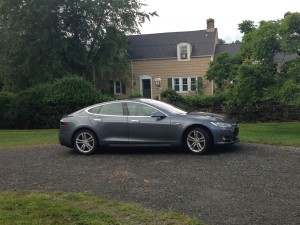 In planning my first Tesla road trip I calculated the distance from my home to the first Supercharger and then to my destination. What I neglected to think about was that I also needed to go to work that day. Thats an 80 mile round trip that I had to add into my calculations. While I had a good safety buffer built into my plan, I didn’t have enough for an extra 80 miles. So I came up with three options:
In planning my first Tesla road trip I calculated the distance from my home to the first Supercharger and then to my destination. What I neglected to think about was that I also needed to go to work that day. Thats an 80 mile round trip that I had to add into my calculations. While I had a good safety buffer built into my plan, I didn’t have enough for an extra 80 miles. So I came up with three options:
- Take a different car to work. That would be no fun!
- Add an extra Supercharger stop at East Greenwich, RI.
- Grab some extra charge somewhere during the day before heading out on my Tesla road trip.
I went with option #3 and used the free HPWC at the local Tesla Store at the Natick, MA mall. I plugged in after lunch and range charged to the full 265 rated mile limit. It took me just under 2 hours to charge from 185 rated miles to 265 rated miles using the HPWC but other than the walk to/from the mall it didn’t disrupt any of my plans.
LESSON #1: Factor in any miles that will be driven prior to the Tesla road trip itself.
Supercharging along the way
Prior to this trip my only Supercharger visit was to the East Greenwich, RI Supercharger which took place shortly after I took delivery. The main purpose of that initial visit was to make sure Supercharging worked, combined with my excitement to witness first-hand what a Supercharging experience was all about.

On this Tesla road trip, Supercharging was required. I needed the range and it had to work. We arrived at the Darien, CT Tesla Supercharger with 66 rated miles remaining after driving 188 miles from MA. Of the six available spots, only one was occupied by an ICE car with a driver sitting in it. The Supercharger bays were all premium parking spaces right in front of the rest center, and we can see how this could be easily taken advantage of by non-Tesla vehicles.
- A Guide to Planning a Tesla Road Trip
- Reasons to Have a Tesla Tire Repair Kit and 2nd UMC
- Tesla Road Trip Battery Range Planning
- Tesla Destination Charging Tips
We backed in, plugged in and began our charge. I was accustomed to always charging to 90%, since my daily commute often required it, so instinctually I charged up to the same level later to realize that the painful waiting time could have been avoided.
It took us 49 minutes to charge from 66 rated miles (25% charge) to 238 rated miles (90% charge). I only needed 102 rated miles to get to my destination plus a safety margin. We all felt the pain of this wait which was compounded by the fact that it was very late in the evening and we had just drove through pouring rain in crazy east coast traffic. This rest area was nice but it only had junk food options and a coffee shop – nothing for a real sit down dinner.
LESSON #2: Charging more than you need is a waste of time, especially if there’s no intention to eat or rest while you wait.
After the charge stop, we headed on to our destination in NJ. There was a major accident on one of our highways forcing us to take a 12 mile detour. Thank goodness for the extra range.
Destination charging
I knew destination charging was going to be a challenge especially since patience was wearing thin for all passengers due to the slow and tiring drive in the pouring rain. Plus, I was in no mood to hunt for a wall outlet in the dark so I waited until the next day. But that also meant I would lose 12 precious hours of destination charging.
A careful inspection of the property the next day revealed a dirty NEMA 10-30 dryer connection that I couldn’t use. I ended up plugging into a standard 110V US outlet (NEMA 5-15) that would give me a dismal charge rate of 4 miles/hour. It turned out to be a delicate balance between when I should be plugged in (as much as possible) and when to drive out to sightsee.
LESSON #3: Know, in advance, the exact location and plug type for your destination charge and plug-in as soon as you arrive.
We ended up using a mini-van for our day excursions because of range concerns as well as questionable parking at the local county fair. The Model S stayed plugged into the wall out the entire day and added roughly 100 miles of range.
Supercharging on the way home
Supercharging on the way back was much less painful because I had learned to charge up to the amount I needed (plus a 25% safety margin) to save time. We arrived at the Darien, CT northbound Supercharger with 72 rated miles remaining and charged up to 202 rated miles in a painless 30 minutes. We shaved 40% off the charge time from the last time we were there which made it feel remarkably faster and more bearable.
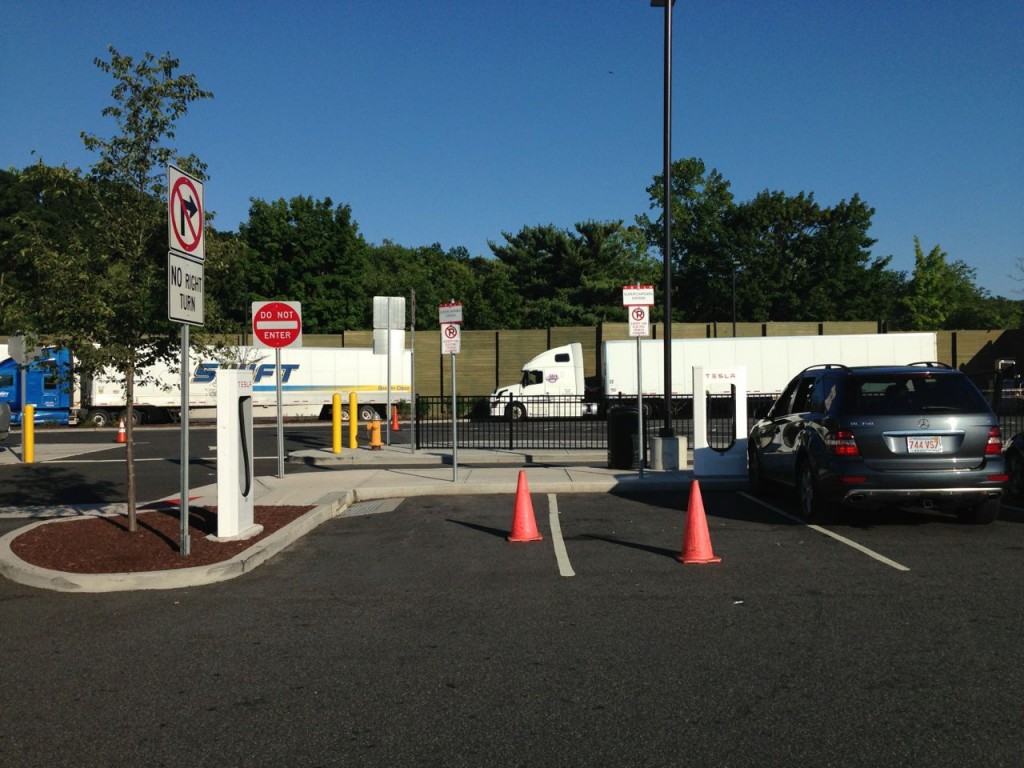
One of the Supercharger stall was ICE’d (parked by non-Tesla vehicles that can not utilize a Supercharger) with nobody in the car while two other stalls had cones in cones in front of it. It turns out that the cones were there to discourage ICE’ing.
LESSON #4: Don’t assume a Supercharger is out of commission if there’s a cone in front of it.
After charging up to 202 rated miles, we had enough to get home. It was going to be dinner time soon so we decided to grab a quick meal at Panera at the East Greenwich, RI Supercharger. If we were going to stop and eat at a Panera, why not charge while we waited? 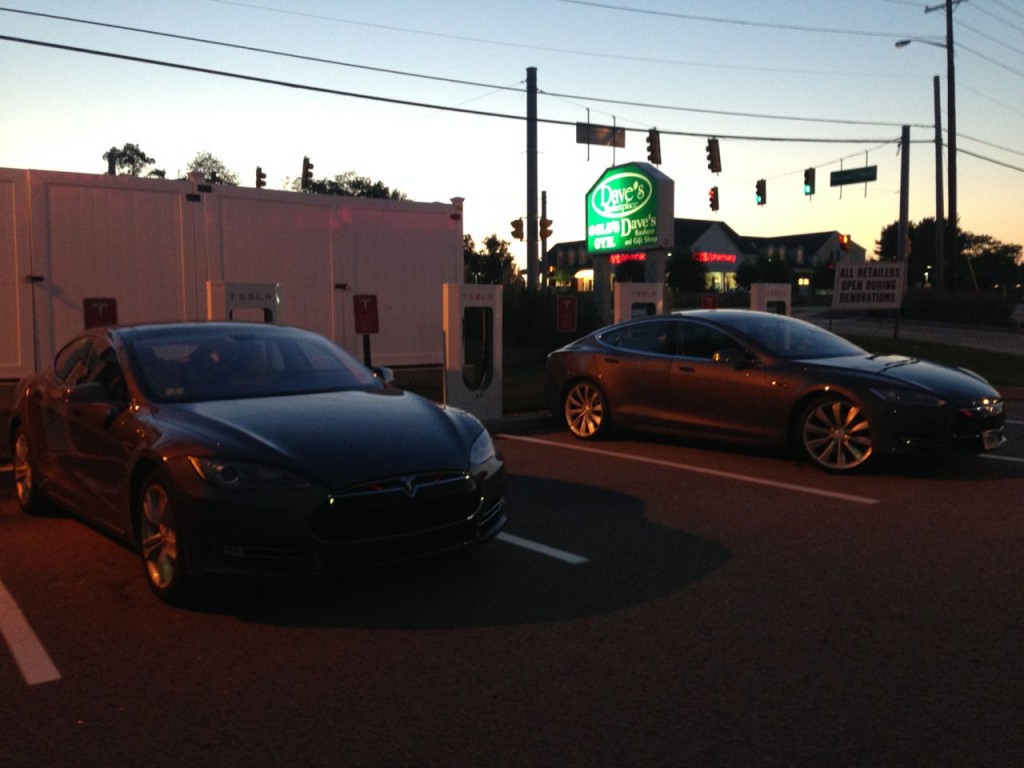
While Tesla advertises 170 miles of rated range added in as little as 30 minutes, this rate of charge only takes place within the “sweet spot”. The analogy that comes to mind is – imagine filing a bucket of water with a fire hose. You’ll fill it quickly while the bucket is near empty but as you approach 80%+ of fullness, you’ll need to dial down the flow in order to not spill the amount you’ve already put into the bucket. The same goes for filling up the Tesla battery.
Each time I charged from about 70 miles of rated range to about 200 miles of rated range it took 30 minutes.
LESSON #5: Keeping your battery within the sweet spot will yield the fastest Supercharging experience.
Thanks to this extra Supercharger pit stop we arrived home with 165 miles of rated range left, plenty for the next day’s commute.
Summary
We drove 687 miles on our first Tesla road trip and were able to take away several great lessons to be learned. We only saw two other Teslas – one P85 at an ice cream store in NJ and another S85 at the East Greenwich Supercharger – during our journey across five states.
We experienced ICE’ing of Supercharger stalls at every Supercharger station we visited, presumably because there still aren’t that many Teslas out in the North East relative to the West coast, but also because they’re positioned in prime parking locations. I’d gladly park my car at the back of the lot and walk further if I could encounter less ICE’ing.
Tags: UMC, road trip
Lifestyle
Tesla brings perhaps the coolest interior feature to cars in latest update
Tesla adds on to the “fun” aspect of its vehicles.
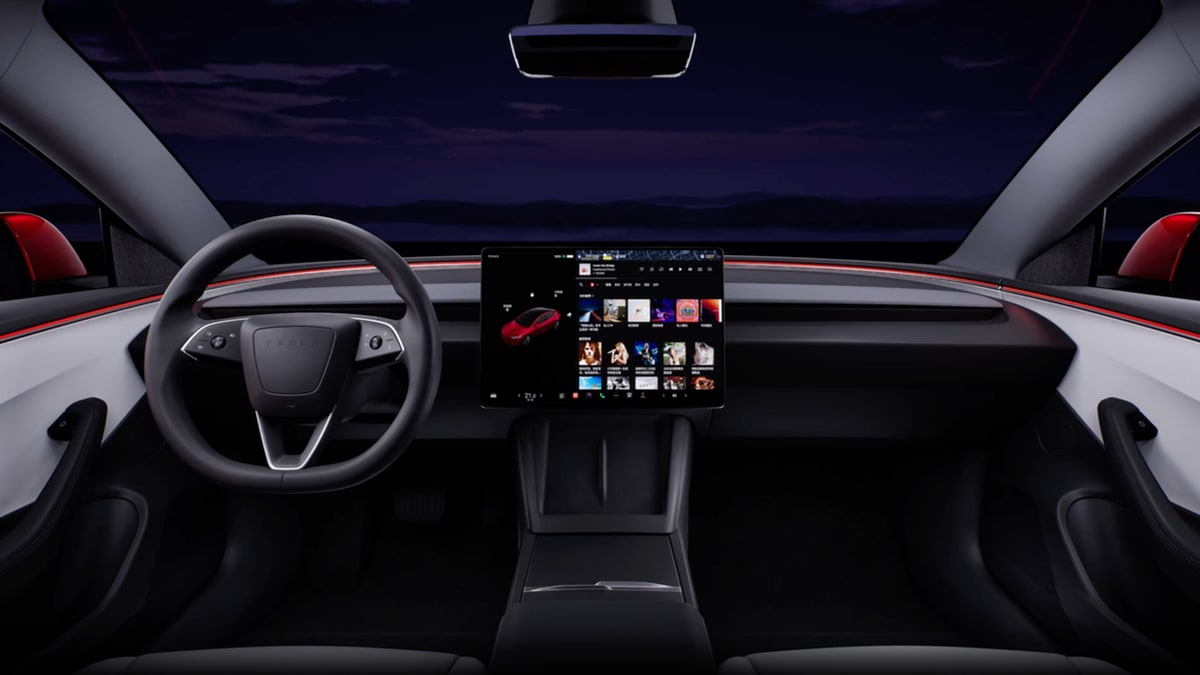
Tesla has brought perhaps the coolest interior feature to its cars in a new update that is rolling out to vehicles now.
The feature will require a newer vehicle that has interior ambient lighting, which is present on the new Model S, Model X, Model 3 “Highland,” and Model Y “Juniper.” The Cybertruck also has ambient lighting strips throughout.
Tesla Model Y’s ambient lighting design changes revealed in leaked video
With the Version 2025.26+ Software Update, Tesla is rolling out a new “Sync Accent Lights w/ Music” feature, which is available on the Tesla Toybox:
Turn your Tesla into a rave cave with the new Light Sync feature 🎶
Rolling out now in software update 2025.26+ pic.twitter.com/IIsQxZ9jDP
— Tesla (@Tesla) July 29, 2025
To enable the feature, you’ll access the Toybox, choose “Light Sync,” and then choose “Sync Accent Lights w/ Music.”
Although it does not improve the performance of the vehicle, it is yet another example of Tesla making one of the coolest cars out there. This is truly a cool add-on that can be used to impress your friends and family.
Elon Musk
xAI, Musk Foundation helps schools near Memphis supercomputer site
Reports of xAI and the Musk Foundation’s work were recently posted by local news media.
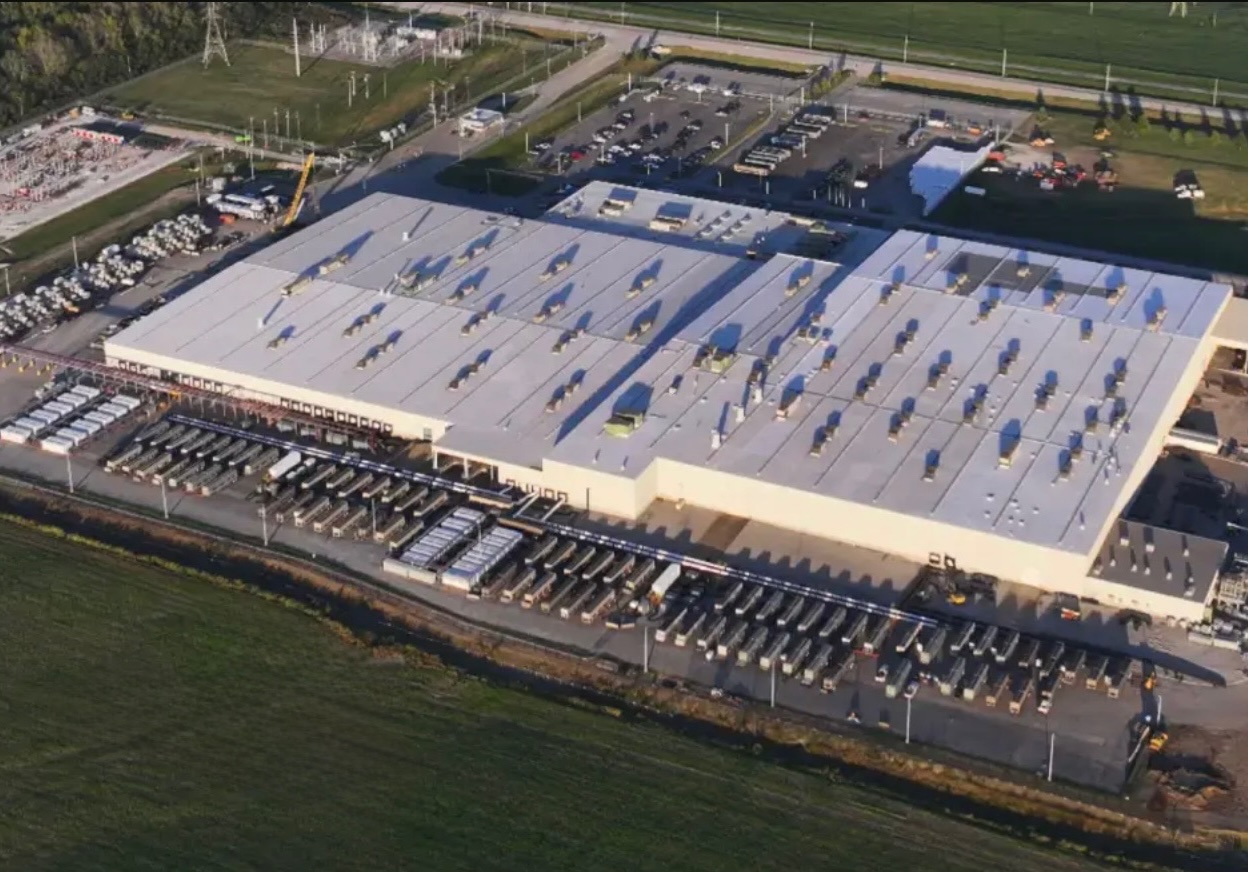
Elon Musk’s artificial intelligence startup xAI and the Musk Foundation have been supporting Memphis-Shelby County Schools with HVAC repairs and facility upgrades, while also funding youth programs for students in the area.
Reports of xAI and the Musk Foundation’s work were recently posted by local news media.
xAI’s school visits lead to facility repairs
Representatives from xAI visited John P. Freeman Optional School, Fairley High School, and Westwood High School, all of which are located near its Colossus supercomputer site, to assess HVAC systems, plumbing, gym facilities, and athletic fields. The visits resulted in a list of priority repairs, some of which were completed in April and May.
In addition to the repairs, xAI also shared a number of initiatives that are planned for students in the area, as stated in a Commercial Appeal report.
“xAI is working on providing STEM workshops for local students, donating equipment to technical training programs, and supporting job fairs to boost employment opportunities. These initiatives reflect xAl’s commitment to fostering education and economic growth in Memphis,” xAI noted in a statement.
Musk Foundation donation
Apart from xAI, the Musk Foundation also donated $350,000 to the Boys & Girls Clubs of Greater Memphis, enabling the reopening of two club sites located at Booker T. Washington High School and Westwood High School. Both locations had closed earlier this year due to lapses in funding. As per xAI, the Musk Foundation’s donation allows clubs to reopen for almost 1,000 students.
The donation will fund staffing, supplies, and transportation, among others. “Kids are the future of humanity,” Elon Musk said in a statement, adding that students need “every chance to shoot for the stars.”
“We’re honored to support the Boys & Girls Clubs of Greater Memphis in reopening these sites, giving kids in underserved communities the tools to build brighter futures,” Musk said.
The gift was praised by local officials, including Boys & Girls Clubs board chair Michael Garriga, who stated that the “commitment will ensure the youth of our community have the opportunities they need to develop their skills and talents to become successful students and future citizens.”
Lifestyle
EV fans urge Tesla to acquire Unplugged Performance for edge in fleet and security industry
Unplugged Performance has built a name for itself by producing performance upgrades for Tesla vehicles.
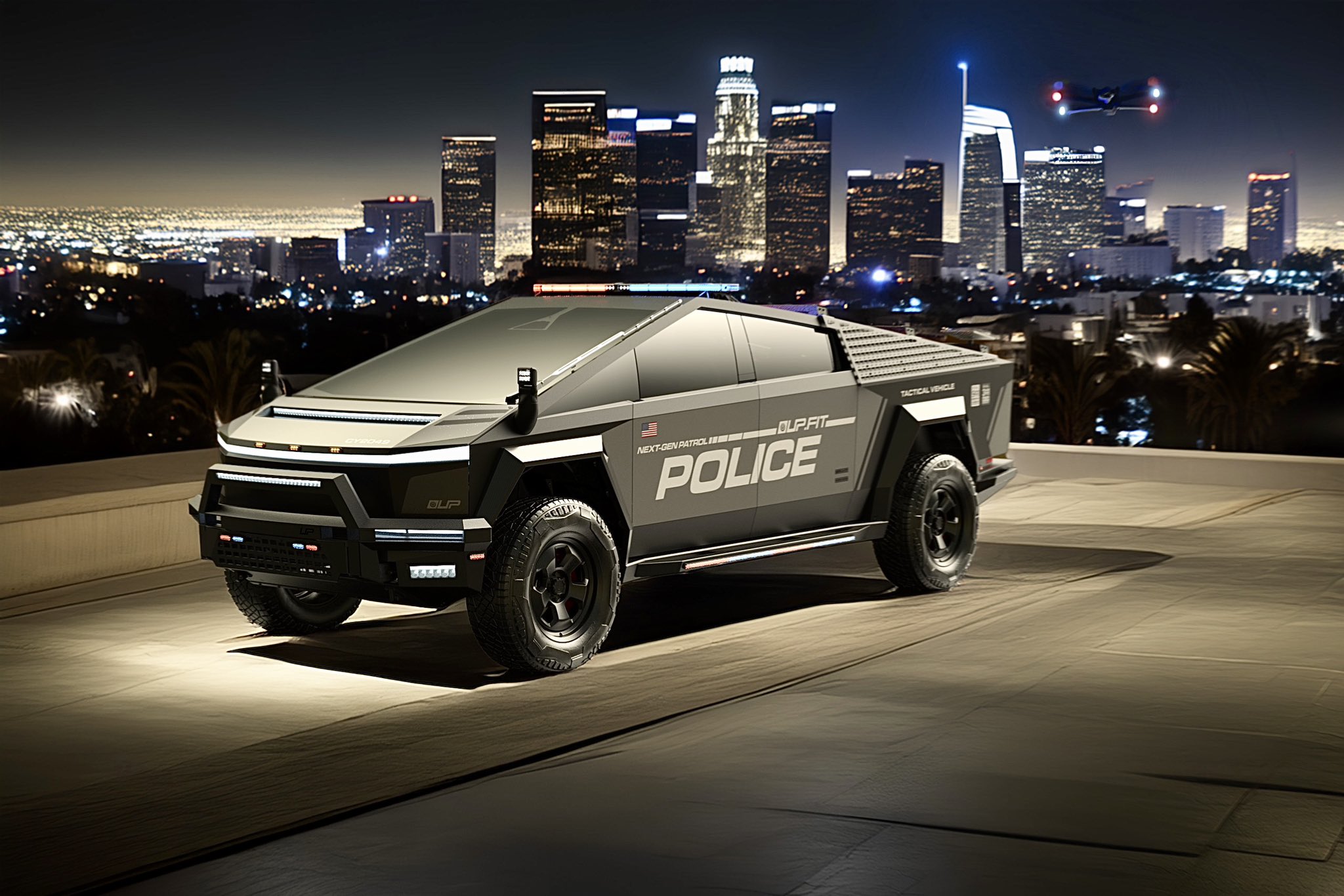
A growing number of Tesla enthusiasts and longtime community voices are calling on the electric vehicle maker to acquire Unplugged Performance, a California-based aftermarket company best known for tuning Tesla vehicles and developing specialized government fleet solutions under its UP.FIT division.
The idea was once considered a niche proposal among EV fans, but it is now gaining serious attention not just as a performance play but as a strategic move to deepen Tesla’s roots in the fleet and security industry.
A strategic fit
Unplugged Performance has built a name for itself by producing performance upgrades for Tesla vehicles, from track-optimized components to visual and aerodynamic upgrades. But in recent years, its UP.FIT division has pivoted toward a more functional future by outfitting Tesla vehicles like Model Ys for police, military, and government use.
That work has sparked growing calls for closer collaboration with Tesla, especially as the EV maker increasingly leans into autonomy, AI, and fleet services as core components of its next chapter.
“I posted this four years ago, but I think it’s more true now than ever,” wrote Whole Mars Catalog, a well-known Tesla investor and FSD Beta tester, on X. “Tesla should buy Unplugged. But not just as a Performance division. What they are doing with UP.FIT unlocks large government and commercial fleet purchases that can improve utilization.”
Tesla fans such as shareholder Sawyer Merritt echoed the sentiment, calling Unplugged a “great fit within Tesla.” adding, “They are literally located directly next to Tesla’s design studio in Hawthorne.”
Enabling the next wave
Supporters of the idea noted that integrating Unplugged into Tesla’s corporate structure could help accelerate the adoption of autonomous technologies in government sectors. With UP.FIT patrol cars already in use across some U.S. police departments, Tesla fans envisioned a future where self-driving Teslas could potentially revolutionize law enforcement, search-and-rescue, and public service logistics.
“Just imagine how autonomous patrol cars could transform policing and bring us into a safer future,” the veteran FSD tester wrote.
The benefits could also extend to Tesla’s existing consumer base. “They also have some incredible products in the works that I think will appeal to many ordinary Tesla drivers — not just those looking for performance or mods. Stuff that’s so good it should have come straight from the design studio next door,” Whole Mars Catalog noted.
Unplugged Performance, founded in 2013, shares not just a product vision with Tesla, but also geography. Its Hawthorne headquarters sits directly adjacent to Tesla’s design studio, and the two companies have maintained a close working relationship over the years. The aftermarket firm has long positioned itself as a “mission-aligned” partner to Tesla.
In response to the recent calls for acquisition, Unplugged Performance acknowledged the support from the community. “Our very existence is to support the Tesla mission with @UpfitTesla and @UnpluggedTesla,” Unplugged CEO Ben Schaffer posted on X. “We love working with Tesla and are grateful for the community’s support since 2013!”
-
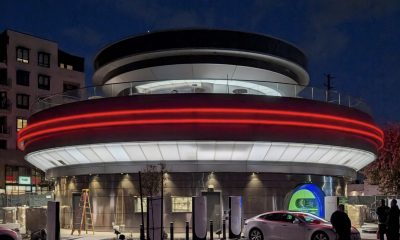
 Elon Musk2 weeks ago
Elon Musk2 weeks agoElon Musk gives key update on plans for Tesla Diner outside of LA
-
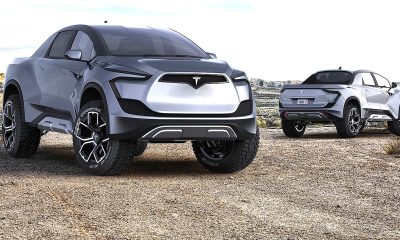
 News1 week ago
News1 week agoTesla hints a smaller pickup truck could be on the way
-
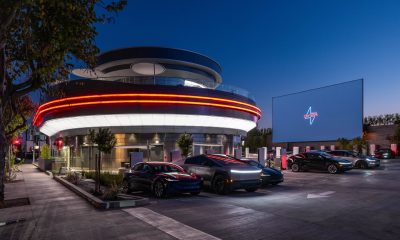
 Investor's Corner2 weeks ago
Investor's Corner2 weeks agoLIVE BLOG: Tesla (TSLA) Q2 2025 earnings call updates
-
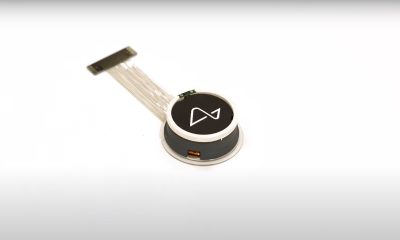
 Elon Musk2 weeks ago
Elon Musk2 weeks agoElon Musk’s Neuralink posts massive update with new milestone
-
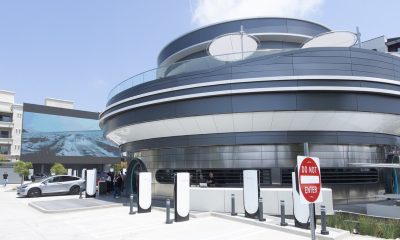
 Elon Musk2 weeks ago
Elon Musk2 weeks agoTesla Supercharger Diner officially opens: menu, prices, features, and more
-
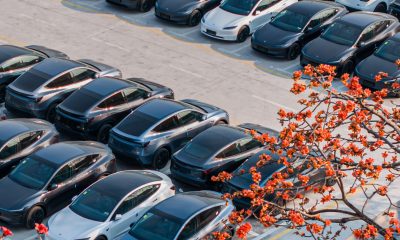
 News2 weeks ago
News2 weeks agoTesla sells 3 million Model 3 since 2017, one in every 1.5 minutes
-
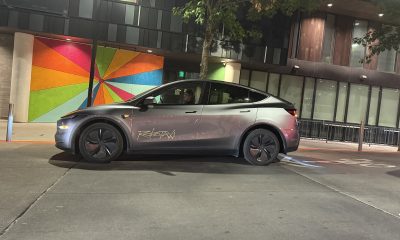
 News2 weeks ago
News2 weeks agoTesla rolls out update to Robotaxi service that makes pickups so much better
-
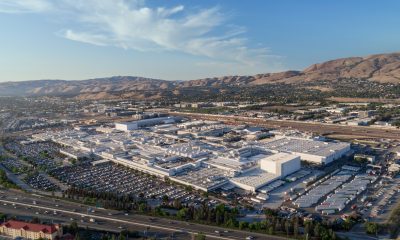
 Investor's Corner2 weeks ago
Investor's Corner2 weeks agoTesla analyst says this stock concern is overblown while maintaining $400 PT

